Unified Many Worlds Browsing
of Arbitrary Physics-Based Animations
ACM SIGGRAPH 2022

Abstract
Manually tuning physics-based animation parameters to explore a simulation outcome space or achieve desired motion outcomes can be notoriously tedious. Unfortunately, this problem has motivated many sophisticated and specialized optimization-based methods for fine-grained (keyframe) control, each of which are typically limited to specific animation phenomena, usually complicated, and, unfortunately, not widely used. In this paper, we propose Unified Many-Worlds Browsing (UMWB), a practical method for sample-level control and exploration of arbitrary physics-based animations. Our approach supports browsing of large simulation ensembles of arbitrary animation phenomena by using a unified volumetric WorldPack representation based on spatiotemporally compressed voxel data associated with geometric occupancy and other low-fidelity animation state. Beyond memory reduction, the WorldPack representation also enables unified query support for interactive browsing: it provides fast evaluation of approximate spatiotemporal queries, such as occupancy tests that find ensemble samples (“worlds”) where material is either IN or NOT IN a user-specified spacetime region. The WorldPack representation also supports real-time hardware-accelerated voxel rendering by exploiting the spatially hierarchical and temporal RLE raster data structure to accelerate GPU ray tracing of compressed animations. Our UMWB implementation supports interactive browsing (and offline refinement) of ensembles containing thousands of simulation samples, and fast spatiotemporal queries and ranking. We show UMWB results using a wide variety of different physics-based animation phenomena---not just Jell-O.
Video
Supplemental
Citation

Acknowledgements
